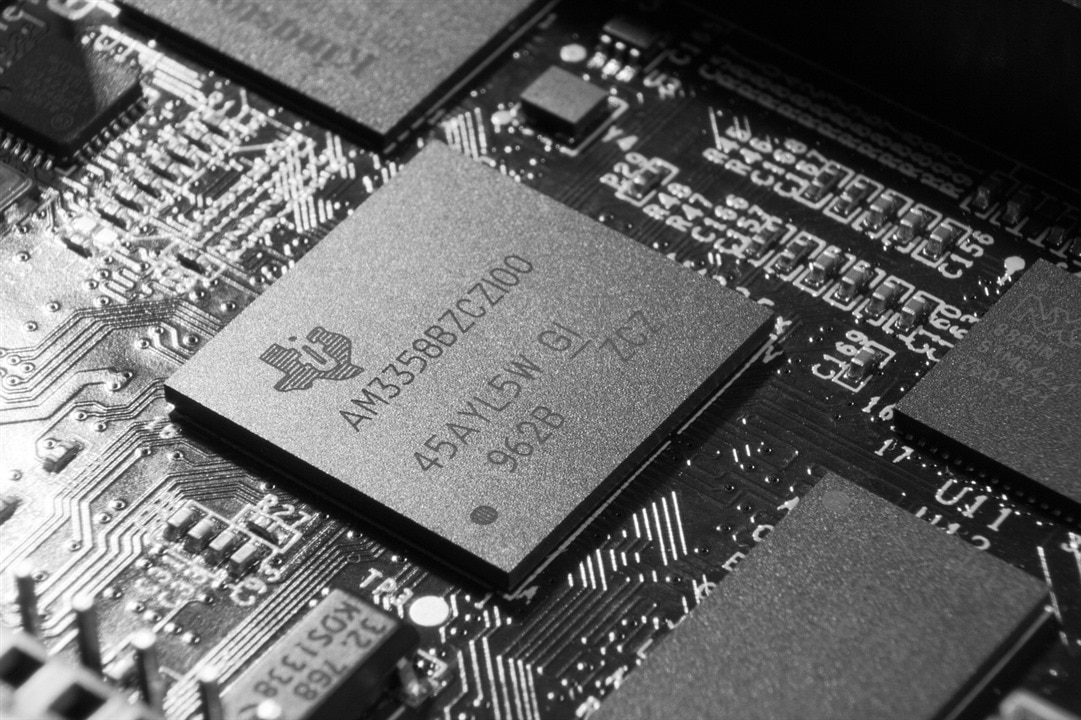
(Image credit: Pixabay)
For years, silicon has been the default foundation of power electronics, but like any technology, that’s changing fast. Wide-bandgap semiconductors such as Gallium Nitride (GaN) and Silicon Carbide (SiC) are transforming how engineers design power systems across industries. From electric vehicles and solar inverters to compact fast chargers and data center supplies, these materials are driving the next leap in power density, switching efficiency, and thermal performance.
GaN and SiC are part of the wide-bandgap (WBG) semiconductor family, materials with bandgap energies significantly higher than conventional silicon. For example, GaN and SiC exhibit bandgaps around 3.2-3.4 eV compared to silicon’s 1.1 eV. These wider bandgaps allow the materials to operate at higher voltages, higher temperatures, and higher switching frequencies. They also reduce losses, allow smaller passive components, and can operate in harsher conditions, making them ideal tools for power-systems engineers.
Gallium Nitride (GaN) is a great material for applications where high switching speeds and compact form-factor power converters matter. According to a white paper by Texas Instruments, GaN FETs are often 600 V devices and enable high-density converters in 10 kW+ systems. GaN’s high electron mobility and low capacitance allow switching frequencies higher than those typical silicon MOSFETs can achieve. Typical use cases include USB-PD fast chargers, server power supplies, and telecom and industrial DC-DC converters. It does have its drawbacks, though, as GaN often demands very tight PCB layouts, careful gate-drive design, and thorough EMI control because its transitions occur so quickly.
Silicon Carbide (SiC), on the other hand, plays in the high-voltage, heavy-duty arena. SiC devices are commercially available for voltages up to 1200 V and beyond, making them ideal for electric-vehicle inverters, solar farms, industrial drives, and grid-connected systems. SiC’s offer increased thermal conductivity and voltage endurance, allowing systems to operate hotter, push higher power densities and simplify cooling infrastructure. For engineers working in harsh environments or high-power domains, SiC enables smaller, more efficient systems.
While GaN focuses on speed and compactness, SiC focuses on power and robustness.
While both materials offer a measure of superiority over silicon, using GaN or SiC isn’t a drop-in swap for silicon; they require different design rules. For example, GaN requires precise PCB layouts due to its fast switching and low gate charge, while SiC requires robust gate drivers and rugged thermal/packaging solutions due to higher operating temperatures.
Both demand careful attention to parasitics and package technology, as the wide-bandgap advantage can be lost if layout or cooling is sloppy. Materials costs, wafer manufacturing challenges, and reliability remain part of the equation, and while adoption is growing, design discipline is still required.
With that said, GaN and SiC are no longer niche or novelty; they’re going mainstream. As cost drops, packaging improves, and design tools catch up, expect both technologies to be widely adopted by manufacturers. Co-packaged modules, higher wafer volumes, and mixed-device systems (GaN in low-voltage stages, SiC in high-voltage stages) are already emerging.
We are redefining what “efficient power design” looks like. Keep it going…
